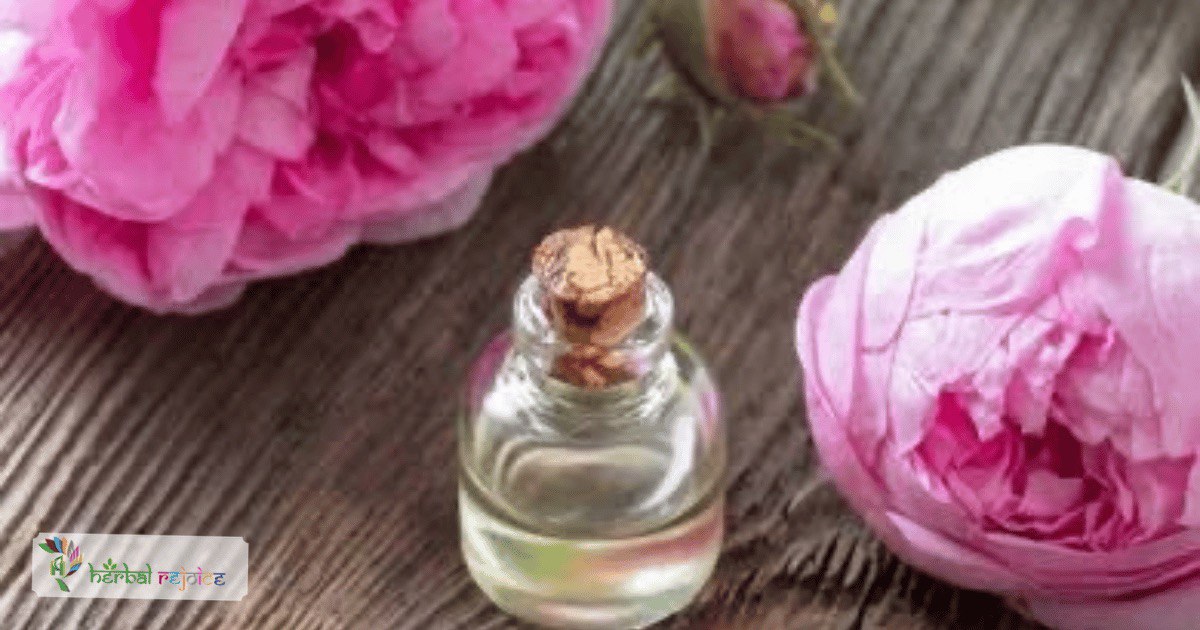Introduction
Cabbage Rose(Rosa centifolia Linn.), commonly known as Provence Rose, belongs to the Rosaceae family.
The flowers of this plant are usually pink and double in appearance.
The flowers of this plant are used in the form of a decoction to treat inflammation of the mouth and pharynx, as well as ulcers of the intestine.
The powder made from the rose buttons and seeds is used as an astringent for haemorrhage and diarrhoea.
Names and Habitat Of Cabbage Rose
In Unani medicine, Rosa centifolia is referred to as Gul-e-Surkh. In Siddha and Tamil traditions, it is known as Iroja or Rajapoo.
It is primarily cultivated in Uttar Pradesh and Bihar. In Ayurveda, it is known as Shatapatri or Shatapatrikaa (although Shatapatri is also associated with Nelumbo nucifera).
Other Ayurvedic names for this plant include Taruni, Devataruni, Karnikaa, Chaarukesharaa, Laakshaa, and Gandhaaddhyaa.
Chemical Constituents in Cabbage Rose
Chemical analysis of the flowers and leaves of Rosa centifolia has shown that they contain approximately 1.3% and 8.5% of saponin, respectively.
The petals of the flowers have been found to contain methionine sulphoxide.
Additionally, the plant yields a volatile oil (0.2%), which mainly consists of citronellol, geraniol, nerol, phenylethanol, linalool, and citral.
The plant also contains 15% tannins in the form of oligomeric proanthocyanidins.

Dosage Of Cabbage Rose
When using dried flowers of Rosa centifolia, the recommended dosage is 3-6 grams in the form of a powder. (API, Vol. III.)
Conclusion
In summary, Rosa centifolia, also known as Cabbage Rose or Provence Rose, is a plant that is cultivated in Uttar Pradesh and Bihar.
It has various traditional uses in Ayurveda, Unani, and Siddha/Tamil medicine. The flowers of this plant are used to treat inflammation, ulcers, haemorrhage, and diarrhoea.
Chemical analysis has shown that the plant contains saponin, methionine sulphoxide, volatile oils, and tannins.
When using dried flowers, a dosage of 3-6 grams in powder form is recommended.
Frequently Asked Questions(FAQs)
What is Rosa centifolia Linn. commonly known as?
Rosa centifolia Linn. is commonly known as Cabbage Rose or Provence Rose.
Which family does Rosa centifolia belong to?
Rosa centifolia belongs to the Rosaceae family.
Where is Rosa centifolia primarily cultivated?
Rosa centifolia is primarily cultivated in Uttar Pradesh and Bihar.
What is Rosa centifolia called in Ayurveda?
In Ayurveda, Rosa centifolia is known as Shatapatri or Shatapatrikaa.
What are some other Ayurvedic names for Rosa centifolia?
Some other Ayurvedic names for Rosa centifolia include Taruni, Devataruni, Karnikaa, Chaarukesharaa, Laakshaa, and Gandhaaddhyaa.
What is Rosa centifolia referred to as in Unani medicine?
In Unani medicine, Rosa centifolia is referred to as Gul-e-Surkh.
What is Rosa centifolia called in Siddha and Tamil traditions?
In Siddha and Tamil traditions, Rosa centifolia is known as Iroja or Rajapoo.
What are the traditional uses of Rosa centifolia in Siddha and Tamil traditions?
The flowers of Rosa centifolia are used in a decoction to treat inflammation of the mouth and pharynx, as well as ulcers of the intestine.
What are some chemical components found in Rosa centifolia?
Chemical analysis has shown that the flowers and leaves of Rosa centifolia contain saponin and methionine sulphoxide. The plant also yields a volatile oil consisting of citronellol, geraniol, nerol, phenylethanol, linalool, and citral. Additionally, the plant contains tannins in the form of proanthocyanidins.
What is the recommended dosage of dried Rosa centifolia flowers?
The recommended dosage of dried Rosa centifolia flowers is 3-6 grams in powder form.
What are the benefits of using Rosa centifolia in Ayurvedic medicine?
In Ayurvedic medicine, Rosa centifolia has anti-inflammatory properties and can be used to treat mouth and throat inflammation, as well as intestinal ulcers.
What are the traditional uses of Rosa centifolia in Unani medicine?
In Unani medicine, Rosa centifolia is used to treat haemorrhage and diarrhoea as an astringent.
What are the chemical constituents of Rosa centifolia flowers?
Rosa centifolia flowers contain approximately 1.3% saponin and have been found to contain methionine sulphoxide.
What are the main components of the volatile oil from Rosa centifolia?
The volatile oil from Rosa centifolia mainly consists of citronellol, geraniol, nerol, phenylethanol, linalool, and citral.
How much tannins are present in Rosa centifolia?
Rosa centifolia contains 15% tannins in the form of oligomeric proanthocyanidins.
What are the recommended traditional uses for Rosa centifolia in Ayurveda?
Rosa centifolia can be used in Ayurveda to treat inflammation of the mouth and pharynx, as well as ulcers of the intestine.
How can Rosa centifolia be used to treat haemorrhage and diarrhoea in Unani medicine?
Rosa centifolia can be used as an astringent in Unani medicine to treat haemorrhage and diarrhoea.
What is the dosage recommendation for dried Rosa centifolia flowers in powder form?
The recommended dosage of dried Rosa centifolia flowers is 3-6 grams when taken in powder form.
Can Rosa centifolia be used in the form of a decoction?
Yes, the flowers of Rosa centifolia can be used in the form of a decoction to treat inflammation and ulcers.
Are there any side effects or precautions when using Rosa centifolia?
It is always important to consult with a healthcare professional before using any herbal remedies. Additionally, individuals with known allergies to roses should avoid using products containing Rosa centifolia.


